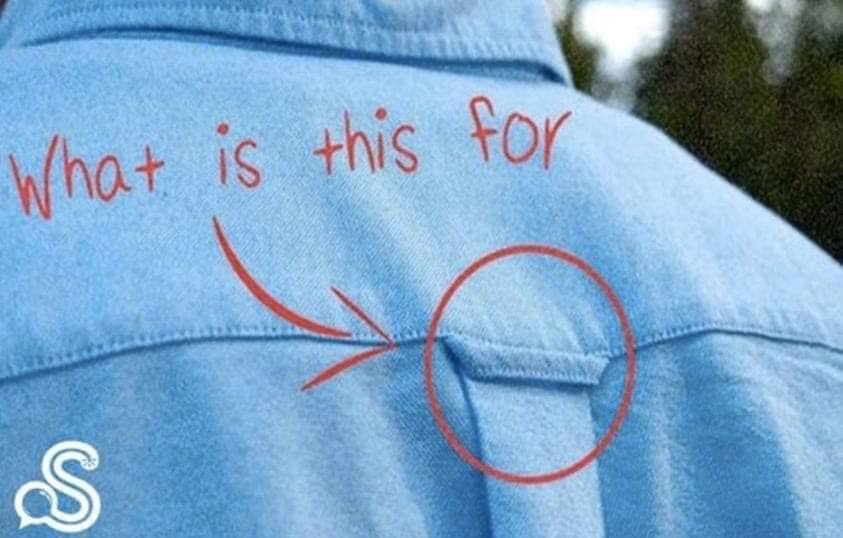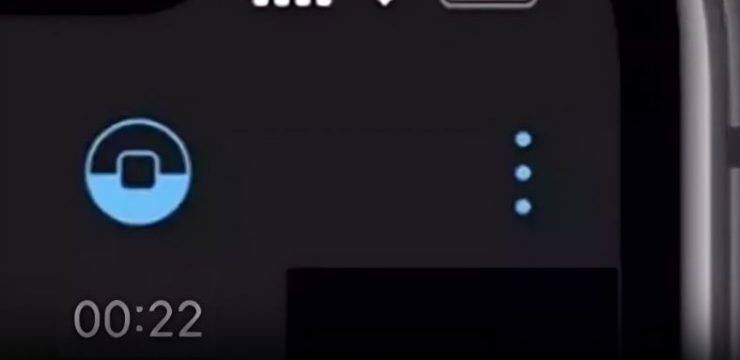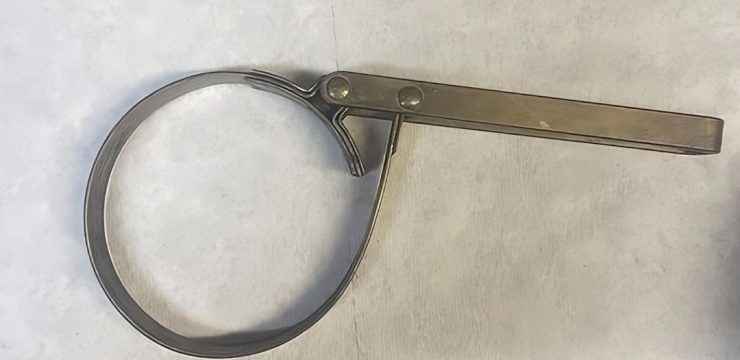The Hidden Purpose of That Loop on Your Shirt—You’ll Be Surprised What It Was Originally For
Have you ever noticed that small loop on the back of some of your shirts, especially on men’s dress or button-down shirts? It’s easy to overlook, but that little piece of fabric actually has an interesting history and a practical use that most people aren’t aware of. What started as a functional feature has evolved over time, with its original meaning mostly forgotten.

The loop, often seen on casual button-down shirts, was initially added for a very practical reason. For people who regularly went to the gym or found themselves in places without hangers, the loop made it easier to hang up their shirts. Instead of having to fold the shirt over a chair or stash it in a gym bag, the loop allowed someone to quickly hang their shirt on a hook, keeping it clean and wrinkle-free.
But the loop’s history doesn’t stop there. At one point, this small loop even had a deeper, more symbolic meaning. Back in the day, removing the loop from your shirt was a way to signal that you were in a committed relationship. If the loop was cut off, it was a sign that the wearer didn’t need to hang their shirt anywhere else—because they had a partner. While this practice is no longer relevant today, it’s an interesting glimpse into how small details in fashion once carried significant meaning.
From Practical to Decorative
Nowadays, the loop is mostly decorative. Its original purpose as a functional and symbolic feature has faded, but it remains a part of the design on many shirts. Even though most people don’t use it or know what it was originally for, it’s still a charming detail that links back to a time when every element of clothing had a specific purpose.
A Sailor’s Solution
The loop, often referred to as a “locker loop” or “fairy loop,” has roots in the practical world of sailors. It’s believed that American sailors used these loops to hang their shirts while at sea, where space was limited and keeping clothing off the ground was essential. These loops made it easy to store clothes neatly on a hook or peg, preventing them from getting dirty or damaged in the tight quarters of a ship.
As time passed, this useful feature transitioned into mainstream fashion. By the 1960s, the loop became a standard part of “preppy” clothing styles, especially on college campuses. According to the clothing brand Gant, which played a big role in popularizing the design, these loops were often seen on the shirts of Ivy League students. They quickly became a part of everyday menswear, blending both practicality and style.
A Lasting Fashion Detail
American fashion has evolved dramatically over the last century, but it’s fun to see how certain elements, like the loop on the back of shirts, have remained unchanged. While the loop may no longer carry its original meaning, it still serves as a subtle reminder of the past, a nod to a time when clothing was designed with both form and function in mind.
For those who appreciate the little things, the next time you wear a shirt with one of these loops, you’ll know it wasn’t just a random addition. The loop has a long history, from its early days on ships to its time as a symbol of commitment, and now as a decorative touch in men’s fashion.
Why It Still Matters
Even though the loop has mostly lost its functionality in modern fashion, it’s still a recognizable part of many shirts. Its continued presence is a testament to the way fashion holds on to tradition, even as styles and trends change. It also shows how something as small as a fabric loop can tell a much bigger story about the evolution of clothing and how fashion has adapted to different eras and needs.
So, next time you grab a shirt and notice that little loop on the back, you’ll know it’s not just there for show. It’s a small but important piece of fashion history that has survived the test of time—both a functional feature from the days of sailors and a symbolic statement of personal relationships.





